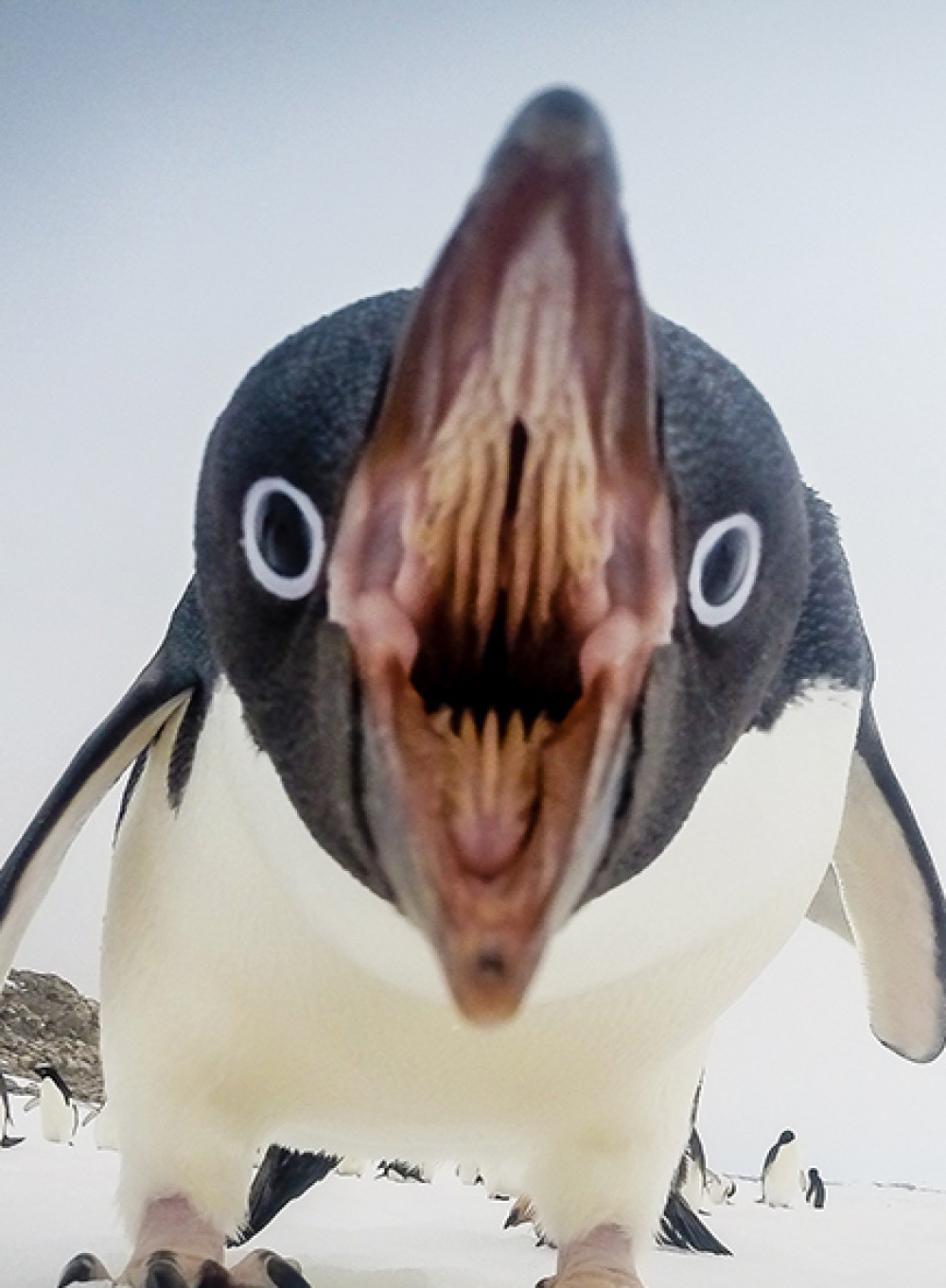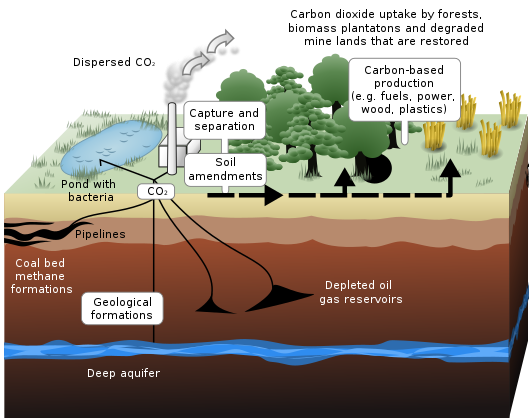NOTE: Some readers have asked me for a transcript of Dr. Lydia McGrew’s webinar. Good news: I have now completed the transcript (see below). Additionally, the points Dr. McGrew raised in her talk can be found here. In her talk, Dr. McGrew was responding to an e-interview given by Dr. Michael Licona, a leading Christian apologist for the Resurrection, who is an Associate Professor of theology at Houston Baptist University, and who is also the author of Why Are There Differences in the Gospels?: What We Can Learn from Ancient Biography (Oxford University Press, 2017). In his book, Dr. Licona defended the historicity of the Gospels but endorsed the view, common among New Testament scholars, that the authors of the Gospels would have considered it perfectly legitimate to deliberately alter historical details of events, relating non-factual claims as if they were factual, because back in those days, writers of biographies were more concerned with Truth than with mere facts. Dr. McGrew is a conservative Christian writer, but not a Biblical inerrantist. Nevertheless, she felt that by acknowledging the existence of what she terms “fictionalizing compositional devices” in the Gospels, Dr. Licona had conceded too much to skeptics such as Bart Ehrman (whom Licona debated on the reliability of the New Testament back in 2016), and that such a concession undermined his whole case for the historicity of the Resurrection. For this reason, Dr. Grew decided to respond to Dr. Licona by presenting the webinar shown below.
Dr. Lydia McGrew’s webinar is titled, “Six Bad Habits of New Testament Scholars and How to Avoid Them.” Her host for the webinar was Jonathan McLatchie, an Intelligent Design proponent who is currently a Ph.D. student in cell biology and a contributor to various apologetics websites, as well as being the founder of the Apologetics Academy. I’m happy to report that Dr. Lydia McGrew’s Webinar is now available on Youtube. I commend it to viewers, and I can promise you it’s a very thought-provoking presentation, whatever your theological perspective may be. Comments are welcome from people of all faiths and none.
For the benefit of those readers who don’t know her, Dr. Lydia McGrew has a Ph.D. in English from Vanderbilt University (1995), but nearly all of her published work has been in analytic philosophy, with specialties in epistemology and probability theory. Her curriculum vitae is here. Dr. McGrew is also a home schooling mother living in the Midwest, who is married to the philosopher, Dr. Timothy McGrew, Chair and Professor of the Department of Philosophy at Western Michigan University (C.V. here).
UPDATE: I’ve now transcribed the whole of Dr. McGrew’s talk, which can be viewed below. I invite readers to peruse it at their leisure. Comments are welcome.



